An exclusive interview with Ferran Adrià, one of the world's best chefs, about the relationship between food and art as well as the taste of childhood.
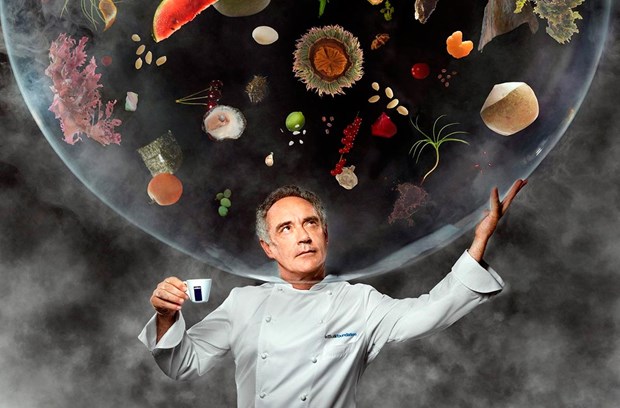
© Photo of Gastroeconomy
For
a feature article in The Village Voice on whether great chefs can also be
considered great artists, I interviewed about a dozen big names in the food
world, from critics like Bill Buford and Jay Rayner, to superstar chefs like
Eric Ripert and the 2016 Female Chef of the Year, Ana Roš. But perhaps the biggest
name of them all had fascinating things to say on the subject: Ferran Adrià.
Frequently
rated one of the best chefs in the world, in 2011 he closed El Bulli restaurant
to instead focus on development projects and research.
Thanks
to the beauty of your creations you've been often described as an artist. Do
you consider yourself as an artist, as well as a chef?
I
do not think of myself as an artist, I consider myself strictly a cook. That
does not take away the fact that there are elements in the production of
certain chefs that trigger aesthetic emotions similar to those triggered by
certain works of art.
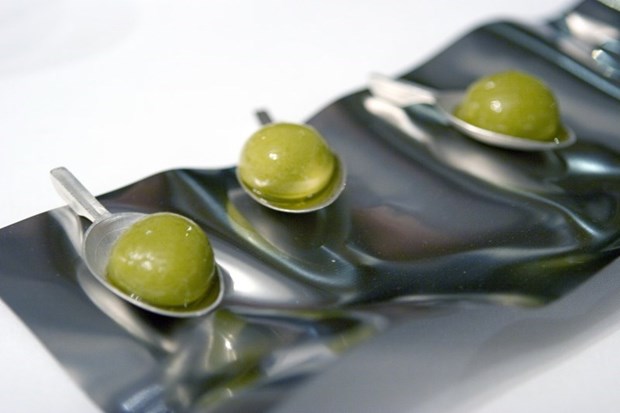
© Photo of FDL
Many
people make a distinction between chefs as skilled artisans, versus chefs as
artists. Would you make such a distinction, and what would a chef need to show
in order to be considered a true artist?
What
happens is that it's usually thought that a different quality value is added to
a chef, if the artist tag is granted. If we start from the beginning, the chef
is a person whose job is cooking to feed people. We know there are many kinds
of cooks, just as there are many kinds of places to eat, public or private. In
the age of civilization, to the wealthier and favoured social sectors, the
so-called “culinary art” was born, a cooking trend that aspires to not only
feeding, but also surprising, pleasuring and arousing emotions. This trend has
gone through history from first in courts of the ruling classes, and from late
eighteenth century, also in restaurants. There are restaurants today that
follow this “culinary art” trend, and others offering popular cuisine. But pay
attention: both can be high quality. The offerings of some chefs, generally
those who make culinary art, can suggest reasons for consideration, for
aesthetic emotions, for conceptualism, etc. similar to those artists produce.
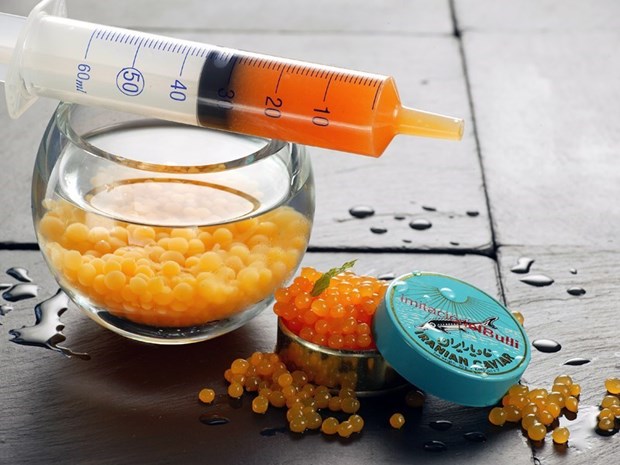
© Photo of FDL
Do
you think that today’s chefs will be studied by culinary historians two-hundred
years into the future?
The
current rise of gastronomy should not make us forget that time is the only
judge of the actual transcendence of all manifestations created by human
beings, including, obviously, cooking. Indeed, if we observe [the evolution] of
cooking in the last 100 years, we will see that there are several points of
inflexion, such as the entry of the nouvelle cuisine, for example, or the
apparition of the techno-emotional cuisine in the mid-nineties. From there, we
do not know how history will be written in the future.
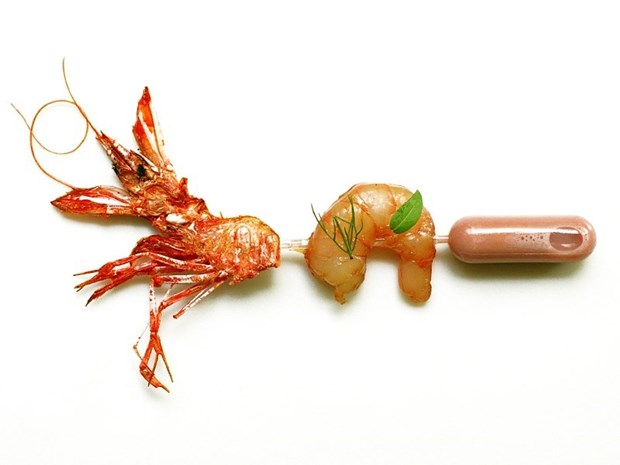
© Photo of FDL
As
a professor of art history, I'm interested in Surrealism and he way it provokes
a sense of wonder and awe to shake the audience out of its everyday existence:
do you see anything in common with your food?
Several
times, El Bulli's cuisine has been associated with certain movements in the
history of art. With Cubism, for example, when talking about our deconstructive
style, or with Pop Art, by our inclusion of elements of popular culture in our
cuisine. Also with conceptual art, by our appeal to the concept as an important
element in our gastronomic proposal. As for Surrealism, there may be elements
in common, but I believe that both in this case, and in the ones I just
mentioned, these are interpretations or parallels that are made from the world
of art. I think our cuisine is generated radically from within the history of
gastronomy. This does not mean that I am not interested in art, like so many
cultural manifestations. Moreover, I believe that I have learned a great deal
from the world of art concerning, for example, creative freedom.
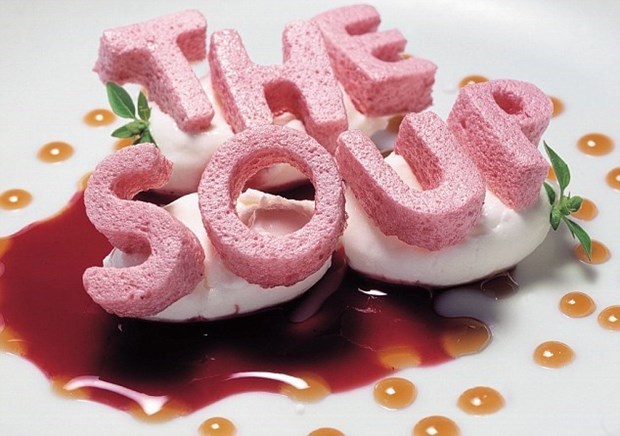
© Photo of FDL
You
and Salvador Dalì come both from the same Spanish area and your creations are
examples of the very best of their creative field. Do you have any particular
affinity for Dali?
I
really enjoy Dali's work; I consider him one of the great painters of the 20th
century. I also have always been interested in his way of thinking. I couldn’t
say if I do have any affinity with him, I think I identify myself more with
Picasso, Miró, Duchamp, Hamilton's way of working.
For
Proust, a taste recalling home and childhood was a madeleine dipped in tea.
What's for you?
I
get that feeling with taste and smell of fresh bread, made by a good baker.
By Noah Charney/FDL